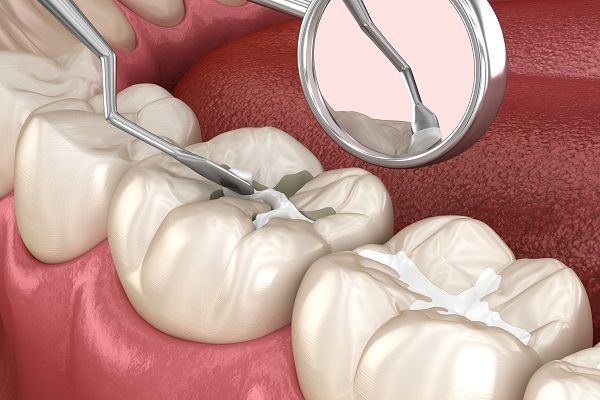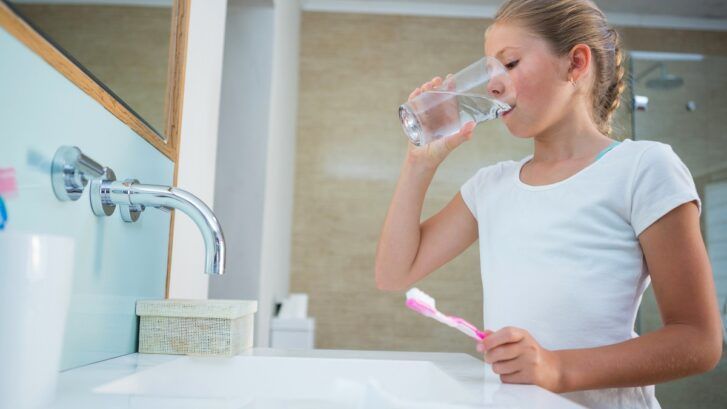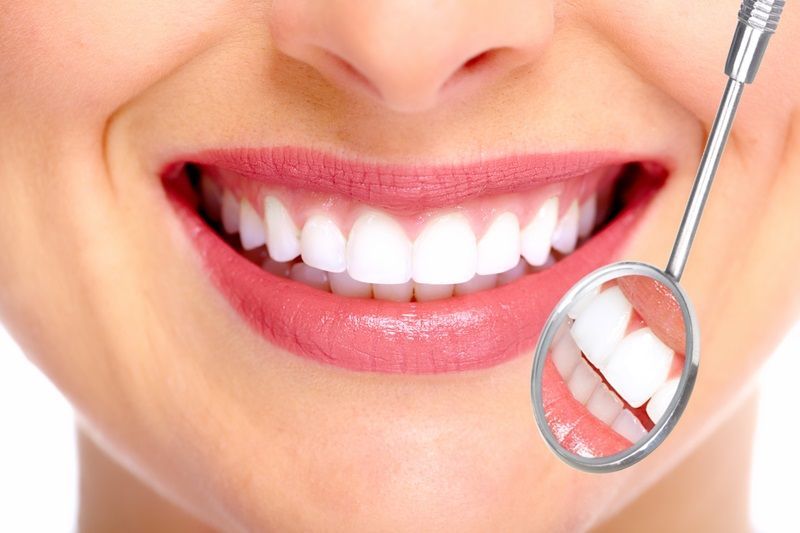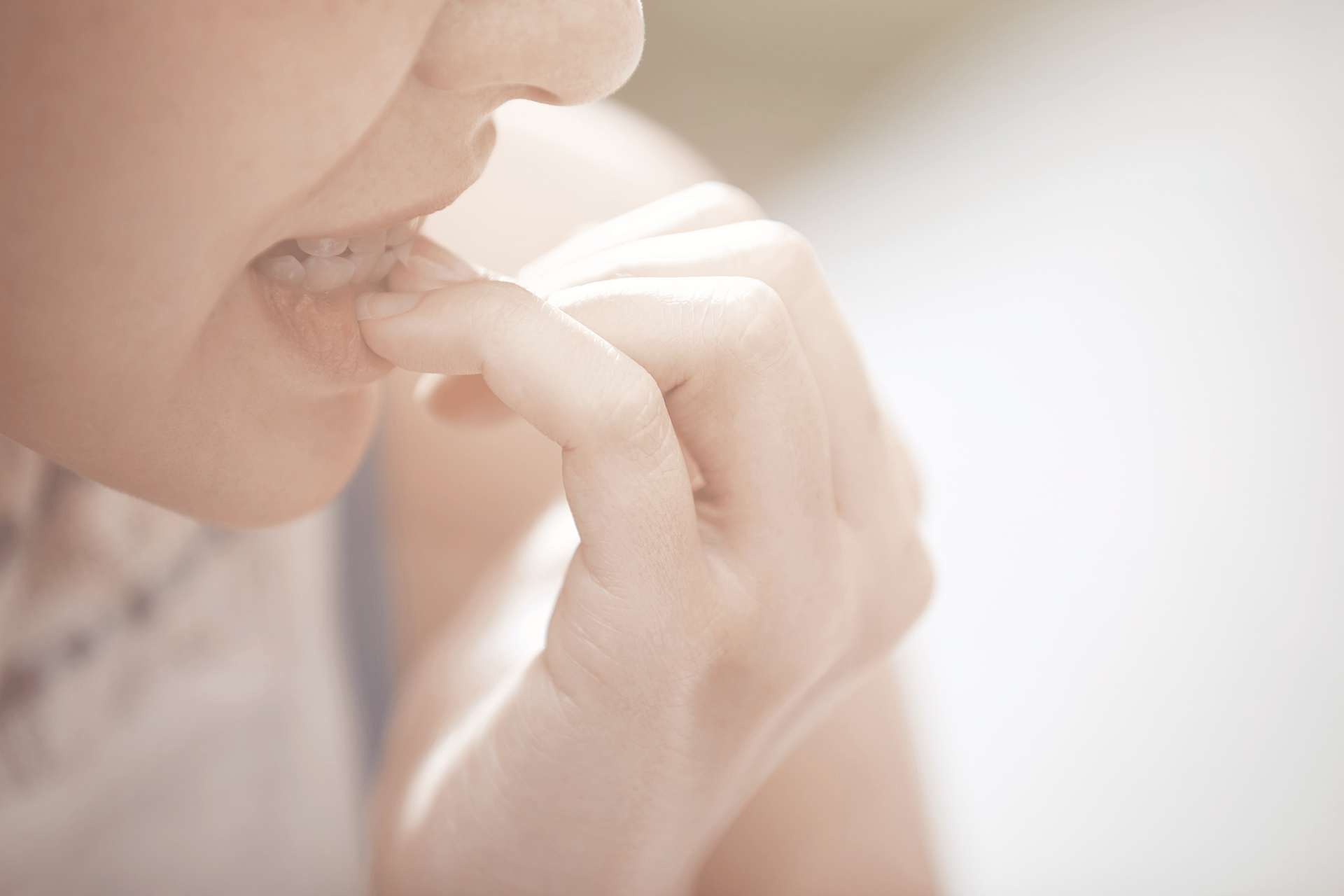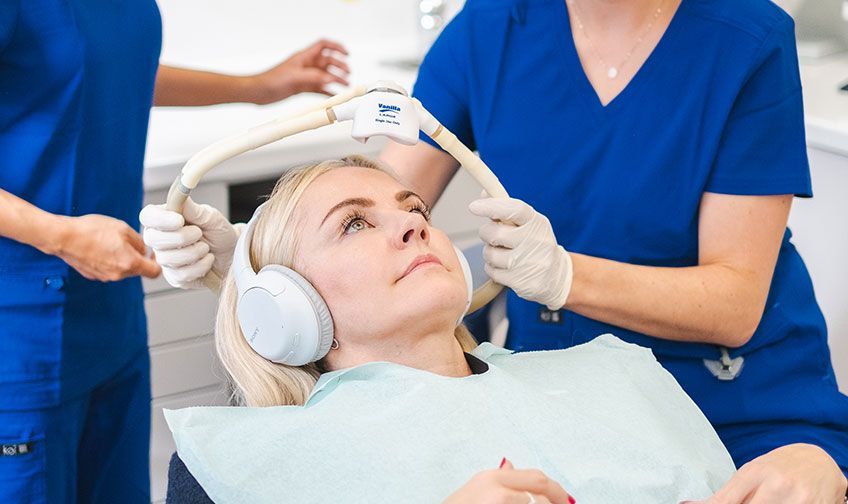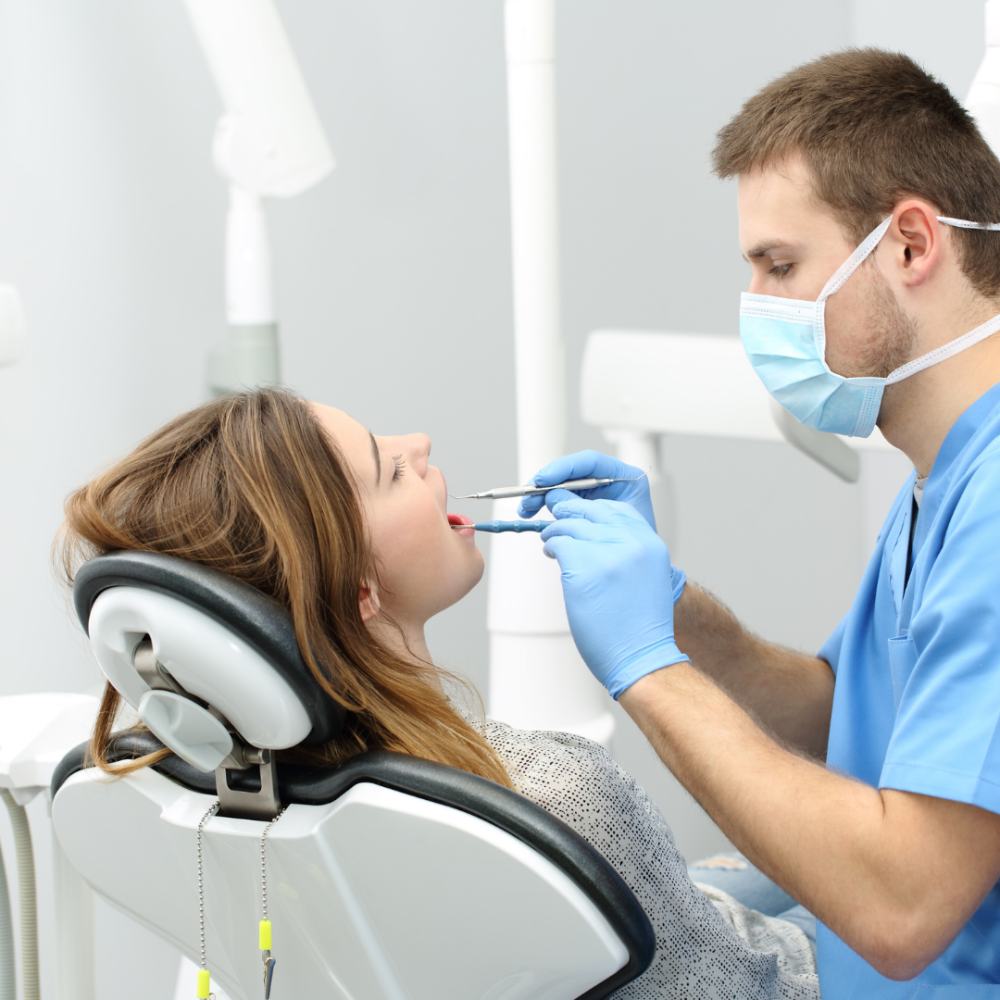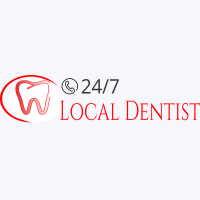How LANAP and LAPIP Can Change Your Smile
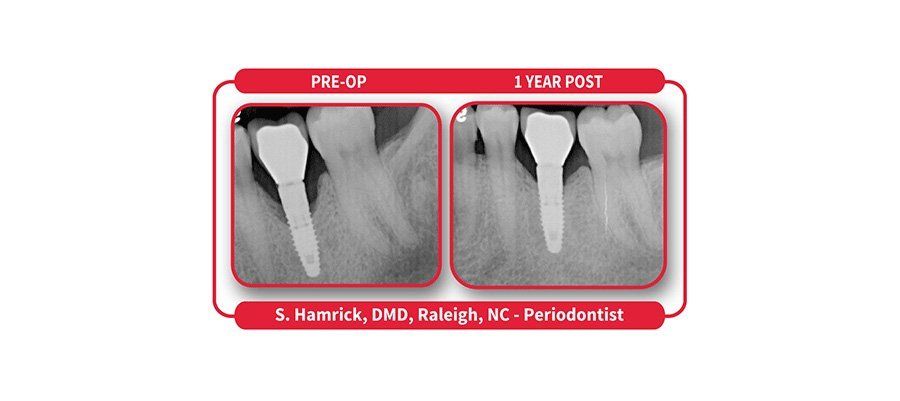
Laser-Assisted New Attachment Procedure (LANAP) and Laser-Assisted Peri-Implantitis Procedure (LAPIP) are minimally invasive oral surgery techniques that only a specially trained dentist can perform. Using a dental laser (referred to as the PerioLase MVP-7), which has seven variable settings, LANAP and LAPIP can deliver specific soft tissue interactions and treatment results. In other words, LANAP and LAPIP target diseased or excess tissue, all while preserving healthy and essential tissue.
Aside from removing unhealthy or excess tissue, LANAP is the only FDA-cleared laser treatment scientifically proven to regenerate hard and soft oral tissues—including the periodontal ligament, alveolar bone, gums, and cementum—after periodontal or peri-implant diseases have worn them down.
So, whether you are experiencing gum disease or peri-implantitis, or simply want to improve the appearance of a “gummy smile,” laser dentistry in Montclair, CA can help you create a stunning and healthy smile.
Understanding Laser Periotherapy for Gum Disease and Peri-Implantitis
To help you understand how laser dentistry works, let’s begin with the basics.
What is gum disease?
Periodontal (gum) disease affects 47.2 percent of Americans over 30 years old, according to the Centers for Disease Control and Prevention (CDC). The usual cause of this common disease is a buildup of plaque. Plaque is a sticky film of bacteria that forms and collects on the surface of teeth. In most cases, good and consistent dental care habits, including daily brushing and flossing, biannual dental visits, and smoking abstinence, are enough to prevent inflammation and disrupt plaque formation. When neglected or allowed to accumulate continuously, plaque will harden along and below the gum line, forming a hard, crusty, and unpleasant deposit known as tartar or dental calculus. Tartar, which only a dentist can remove, irritates the gum tissue and provokes the occurrence of acute inflammation (also called gingivitis) and chronic inflammation (known as periodontitis).
Gum disease causes the gum tissue to pull away and recede from teeth, compromising the support teeth need to stay in place. Apart from wreaking havoc on your smile, periodontitis can reach your teeth’s periodontal ligaments and jawbone (collectively known as the periodontium) and heighten your risk of losing one or more teeth, which presents several dangers to your oral health.
What is peri-implant disease?
An inflammatory condition bearing similarities to periodontal disease, peri-implant disease is the result of a buildup of oral bacteria along and below the gum line where a dental implant lies. Poor oral hygiene, along with smoking and having diabetes, are the risk factors for developing a peri-implant disease.
The first stage of peri-implant disease (peri-implant mucositis) only impacts the soft tissue around an implant, while the advanced stage of peri-implant disease (peri-implantitis) also causes the bone essential for supporting a dental implant to deteriorate. In the absence of immediate treatment, peri-implantitis can have serious consequences, including bone loss and the loss of your dental implant investment.
LANAP case study x-rays provided by Millennium Dental Technologies, Inc.
How do LANAP and LAPIP treat gum infections?
During LANAP or LAPIP periotherapy, a top California dentist from 24/7 Local Dentist Group will provide you with local anesthesia before guiding the laser’s fiber between your gums, teeth, or dental implants. The laser fiber, which is about the width of three human hairs, eliminates the infected and diseased tissue without removing, cutting, or damaging healthy gum tissue.
Once your dentist or periodontist removes the infected and diseased tissue, the next step is to remove any tartar deposits on your teeth while flushing away the pockets with an antibacterial rinse. Then, your dentist will use the laser for a second time to get rid of tartar debris and clean or sterilize the bone, root, and soft tissue surrounding your teeth or dental implant.
Aside from disinfecting both the hard and soft tissues around your teeth, the second application or use of the laser provides you with the added benefit of healing and tissue regeneration, which works by stimulating the blood to clot and therefore sealing the sterilized surgical sites.
With proper care and follow-up appointments, LANAP and LAPIP can slow or halt attachment loss, promote bone and tissue regeneration, decrease pocket depth, and support your body in recovering from chronic infection. For most patients, these techniques offer a more comfortable treatment experience, restoring oral health, function, and beauty without the discomfort associated with more conventional methods.
LAPIP case study x-rays provided by Millennium Dental Technologies, Inc.
What’s the difference between LANAP or LAPIP and traditional gum surgery?
Conventional periodontal surgery requires cutting and suturing the mouth’s delicate soft tissues, which can lead to two undesirable outcomes: reducing the gum line and causing an often painful postoperative experience. Furthermore, conventional treatments for peri-implant diseases often require bone grafting to support a failing dental implant.
In conclusion, alongside providing more predictable (mostly positive) outcomes, among the greatest evidence-based benefits of LANAP and LAPIP are their capability to preserve healthy tissue while accomplishing reattachment and tissue regeneration.
Your gums are the foundation of your teeth’s health, longevity, and overall beauty. To learn more about how you can achieve the healthy and beautiful smile of your dreams with laser dentistry in Southern California, write to us online or speak to one of our representatives at (833) 220-2448 to schedule a dental appointment at your convenience.
